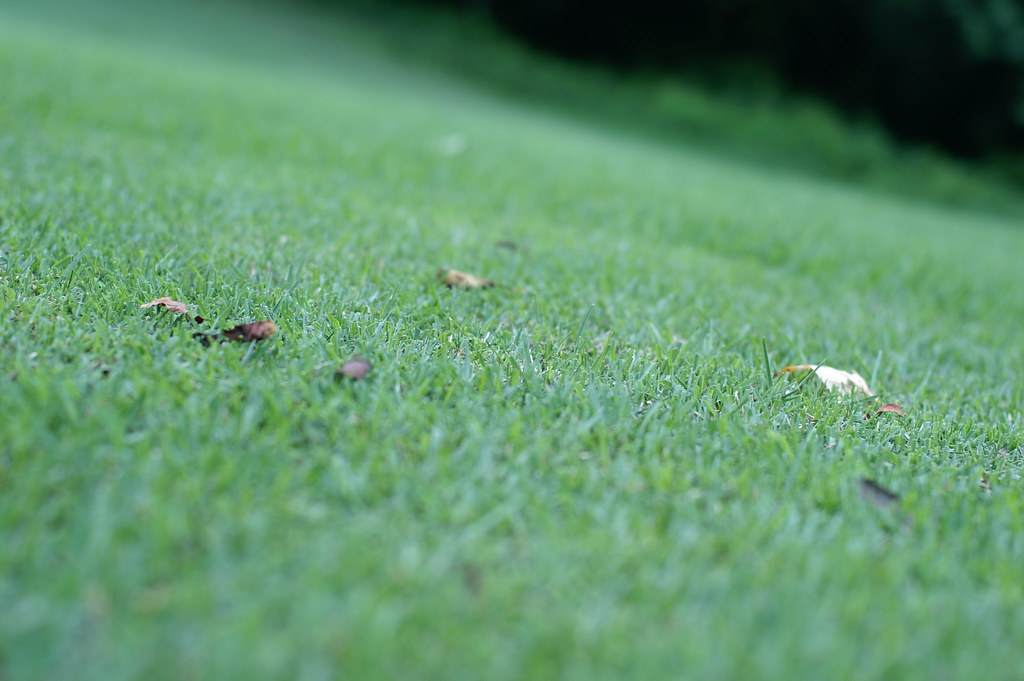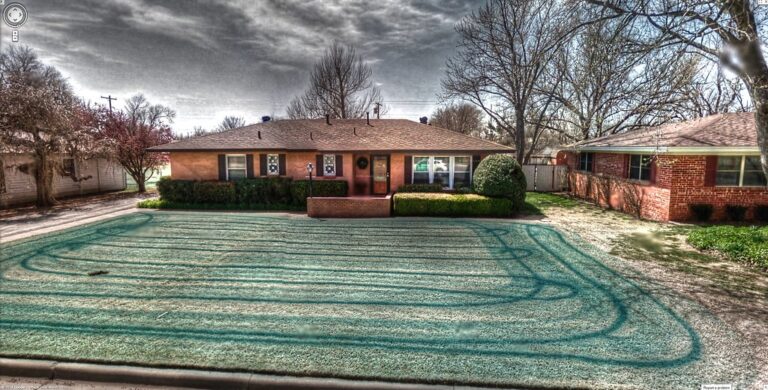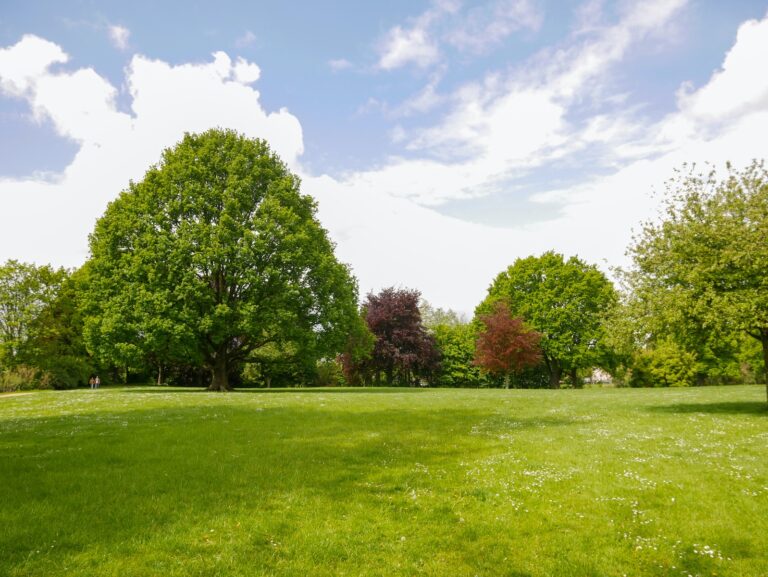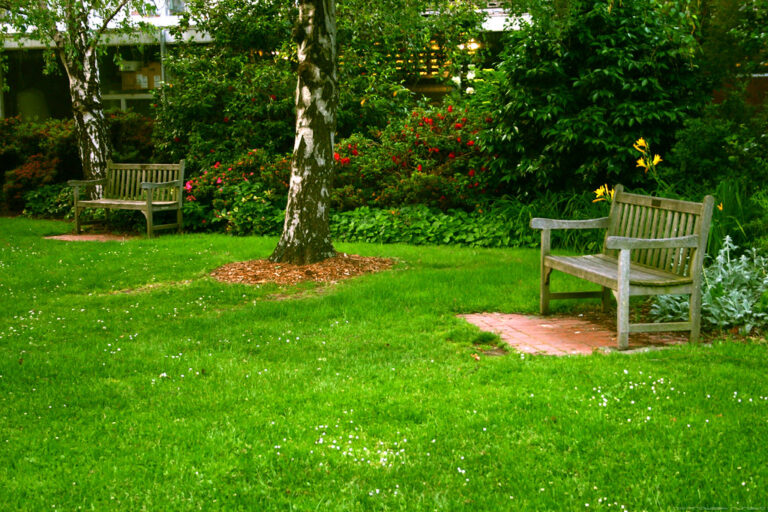Edging Techniques for a Polished Lawn: Adding Definition to Your Landscape

Are you tired of your landscape blending into the background? Do you want to create defined borders and give your lawn that professional, manicured look? Well, you’ve come to the right place. Edging is an essential step in landscaping that adds structure and enhances the overall aesthetic appeal of your outdoor space.
In this article, we will explore different types of edging, weigh their pros and cons, and provide expert tips on how to achieve impeccable results. So grab your gardening tools and get ready to transform your lawn into a work of art! Let’s dive in and discover the secrets behind adding definition to your landscape with innovative edging techniques.
What is edging?
What exactly is edging? It’s a simple yet effective technique that helps create defined lines and boundaries in your lawn, giving it a polished and well-maintained look. Edging involves cutting or trimming along the edges of your lawn to separate it from other areas of your landscape, such as flower beds, walkways, or driveways.
There are different types of edging materials you can use, including metal strips, plastic or rubber borders, brick pavers, stone blocks, or even natural elements like rocks or logs. Each type has its own pros and cons.
Metal strips are durable and provide a clean edge but may rust over time. Plastic or rubber borders are affordable and easy to install but may not be as sturdy. Brick pavers offer a classic look but require more effort to install properly. Stone blocks add a touch of elegance but can be heavy and expensive.
When it comes to edging techniques, there are several options depending on your preferences. You can use a manual edger tool with a sharp blade for precision cuts or opt for an electric-powered edger for easier maintenance.
To edge your lawn like a pro, start by marking the desired boundary using stakes and string line as guidelines. Use an appropriate tool to cut along the marked line while keeping the blade at an angle for better results. Be sure to remove any excess grass clippings or debris after each pass.
Different types of edging
Different types of edging can add a touch of elegance and definition to your landscape. There are several options to choose from, each with their own unique characteristics. One popular type is plastic edging, which is affordable and easy to install. It creates a clean separation between the lawn and other areas of your yard.
Another option is metal edging, which offers a more durable and long-lasting solution. Metal edging can be made from various materials such as aluminum or steel, providing both strength and flexibility. It gives a sleek look to your lawn while effectively containing mulch or gravel in flower beds.
For those looking for a natural aesthetic, stone or brick edging may be the way to go. This type of edging adds charm and sophistication to any landscape design. Stone or brick can be arranged in different patterns or shapes to create visual interest.
If you prefer a seamless transition between your lawn and garden beds, consider using bender board edging. Made from recycled plastic or composite materials, bender board allows for smooth curves that blend effortlessly into the surrounding landscape.
Each type of edging has its pros and cons depending on factors such as budget, maintenance requirements, and personal preference. Consider these factors when choosing the right type of edging for your lawn.
Remember that proper installation is key when it comes to achieving professional-looking results with any type of edging material you choose!
Pros and cons of each type
When it comes to edging your lawn, there are several different types of materials you can use. Each type has its own pros and cons, so it’s important to consider which one will work best for your landscape.
One popular option is using metal or plastic edging. This type of edging provides a sleek and clean look to your lawn. It’s also durable and long-lasting, making it a great choice for those who want a low-maintenance solution.
Another option is brick or stone edging. This type of edging adds a touch of elegance and sophistication to any landscape. It can be more expensive than other options, but the aesthetic appeal is hard to beat.
Wooden edging is another possibility. This type of edging gives off a natural and rustic vibe that can complement many different types of landscaping styles. However, wood may not be as durable as other materials and may require more maintenance over time.
There are also flexible rubber or polyethylene strips available for edging purposes. These strips are easy to install and provide some flexibility in terms of design options. They are also cost-effective compared to other materials.
Each type of edging material has its own set of advantages and disadvantages that should be considered before making a decision for your landscape needs.
Edging techniques
Edging techniques play a crucial role in creating a well-defined and polished lawn. They add that extra touch of elegance, making your landscape stand out from the rest. So, if you’re looking to spruce up your outdoor space, it’s time to master the art of edging!
One popular edging technique is using bricks or pavers. These materials provide a clean and structured look for your lawn borders. Simply line them up along the edge of your grass and secure them into place with some mortar or sand. The result? A sleek and professional finish that will impress anyone who sees it.
Another option is using metal or plastic edging strips. These are flexible and can be easily shaped to fit any curve or angle in your landscape design. Plus, they offer durability and longevity, ensuring that your edges will stay intact for years to come.
For those who prefer a more natural look, consider using plants as edging! Low-growing groundcovers like creeping thyme or mondo grass can create beautiful borders around flower beds or walkways. Not only do they define the space but also add color and texture to your garden.
No matter which type of edging you choose, there are a few key techniques to keep in mind for achieving that flawless finish. First, always make sure to create straight lines by using stakes and string as guides before starting the installation process.
Next comes the digging phase – be sure to dig down deep enough so that the top of your chosen material sits flush with the surface of the soil. This ensures stability when mowing over it later on.
Once everything is in place, don’t forget about maintenance! Regularly trim any overgrown grass or weeds along the edges to maintain their crisp appearance.
How to edge your lawn like a pro?
You’ve taken the time to choose the perfect edging for your lawn, and now it’s time to put those finishing touches on your landscape. Edging your lawn like a pro can make all the difference in creating a polished and defined look. But where do you start? Don’t worry, I’ve got you covered with some expert tips.
First, make sure you have the right tools for the job. A sharp spade or edger will help create clean lines and prevent any ragged edges. Begin by marking out your desired edge line using string or stakes.
To achieve that professional finish, start by digging a shallow trench along your marked line. Be sure to keep the trench straight and level as you go. Remove any excess soil from the trench to maintain a neat appearance.
Next, insert your chosen edging material into the trench, making sure it sits flush with the ground surface. This will help provide stability and prevent grass from creeping back into unwanted areas.
Once installed, use a rubber mallet or hammer to secure the edging firmly in place. This will ensure that it stays put during mowing and other yard maintenance activities.
Take some time to step back and admire your handiwork! The crisp edges of your freshly edged lawn will give it that professional touch while adding definition to your overall landscape design.
Remember, proper maintenance is key to keeping those edges looking their best over time. Regularly trim any grass or weeds that may try to encroach on your carefully crafted lines.
By following these simple steps and putting in a little extra effort, you can edge your lawn like a pro and enjoy a beautifully defined landscape for years to come
Conclusion
We have discussed different types of edging materials such as plastic, metal, and stone, each with its own set of advantages and disadvantages. Plastic edging is affordable and easy to install but may not offer the same durability as metal or stone options. Metal edging provides a sleek look but requires more effort during installation. Stone edging adds a touch of elegance but can be more expensive and time-consuming to install.
Furthermore, we have delved into various techniques for achieving professional-looking results when edging your lawn. From using a string or hose as a guide to ensure straight lines to employing an electric or manual trencher for precision cutting, these methods will give your lawn that extra edge (pun intended).
Remember that maintaining regular upkeep of your lawn edges is crucial in preserving their neatness over time. Trim any grass protruding onto sidewalks or driveways regularly using an edge trimmer or hand shears. Additionally, consider applying mulch along the edges to prevent weed growth and provide a clean finished look.




